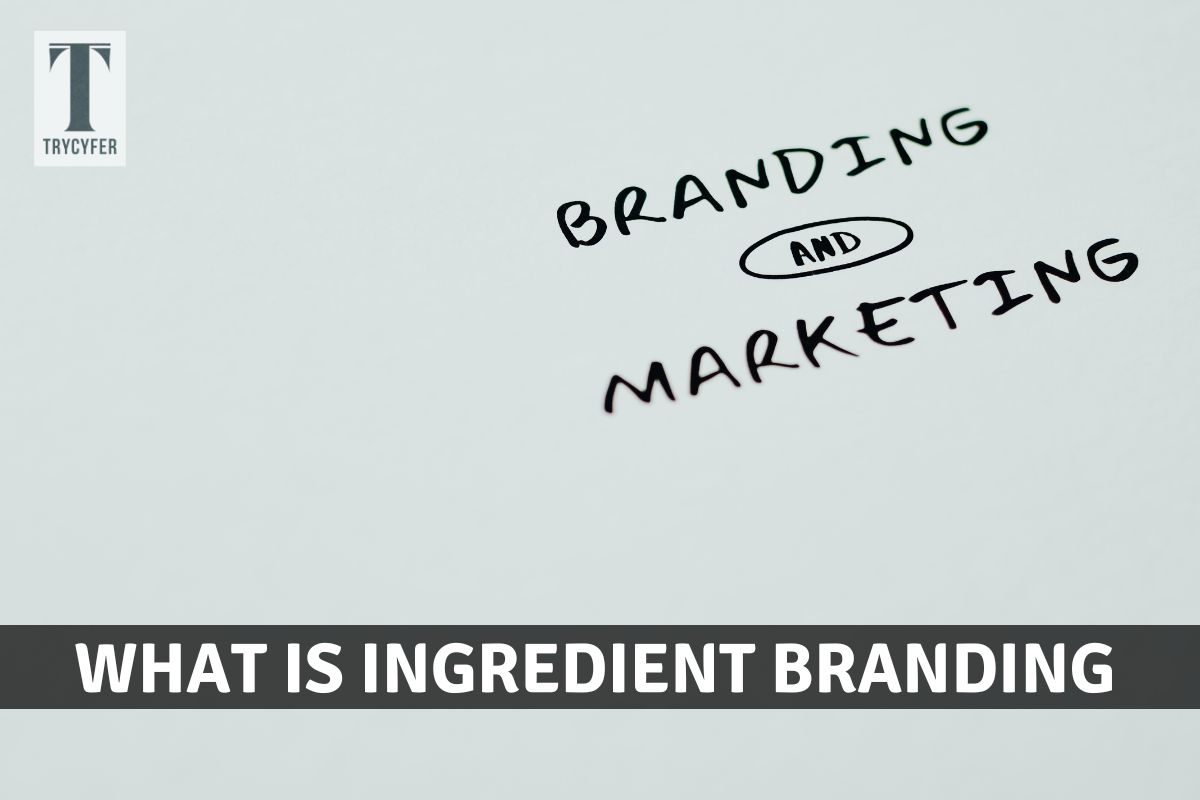What Is Ingredient Branding

Numerous marketing tactics are available to help you raise the value and recognition of your company. Traditional marketing methods include ads, billboards, and events. Then there’s digital marketing, including social media marketing, giveaways, and community interaction.
These tactics can be a great way to get your company’s name out there, generate new leads and clients, and build your brand. If you’ve been in business for a while and have an established business name, you have specific merits for raising your company’s value and brand recognition. One of these merits is a marketing tactic known as ingredient branding.
Ingredient branding is an advertising technique in which a business component is marketed as a separate entity. This significantly contributes to the parent company and makes their product/service appear superior to competitors. It works because consumers are willing to pay extra for branded goods as they believe in well-known companies.
However, In the pool of well-established companies, the distinction is essential. As customer sophistication grows, notably in market research, an ingredient branding strategy provides value to a product’s overall pitch. To engage with consumers, businesses must generate visible value, which they can effectively demonstrate by introducing a branded ingredient.
Following are a few Requirements for a Successful Ingredient Branding
- A specific feature, benefit, or performance trait must be strongly aligned with the ingredient brand.
- The ingredient brand must possess a distinct identity of its own.
- The distinctive characteristic or benefit of the ingredient brand must considerably improve the product or brand into which it is integrated.
- The ingredient brand must be prominently displayed on the product and container.
- Linking one ingredient brand to another increases the attractiveness and recognition of both brands.
- The financial agreement reached by the two brands must be mutually beneficial.
Ingredient Branding Advantages And Disadvantages
As an Ingredient Brand, you move beyond the supplier role to transform into a business partner. This enables you to gain a competitive advantage and profit from the positive image of the end products manufactured using your ingredient.
Some of the advantages of ingredient branding are as follows.
- This branding technique can help businesses generate more effective sales with a larger profit margin.
- Using an Ingredient Brand approach can raise brand awareness and loyalty among your customers.
- The branding potential of branded products can be increased by using an Ingredient Brand.
- In this competitive industry, the Ingredient Brand has the potential to distinguish a product from a related competitive product.
Some of the disadvantages of ingredient branding are as follows.
- Implementing marketing programmes in ingredient branding can sometimes be incredibly expensive.
- Since marketing campaigns have distinct goals and objectives, there may be a lack of control.
An ingredient brand is a Trustmark that guarantees your potential customers the safety, efficacy, durability, and performance of an outlined characteristic, giving your people a reason to believe it. As you evaluate the potential of an ingredient branding strategy, keep in mind that the key to achieving success is to find an ingredient brand that will not only provide a significant & compelling advantage to your customers but will also establish a long-term value for your business.











